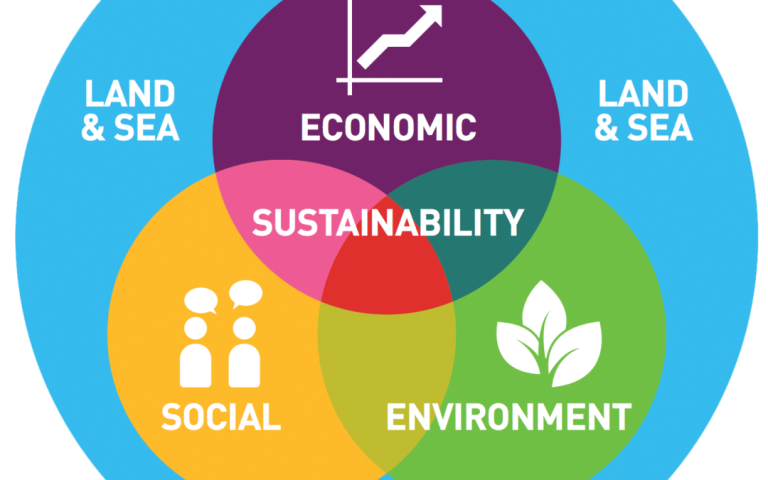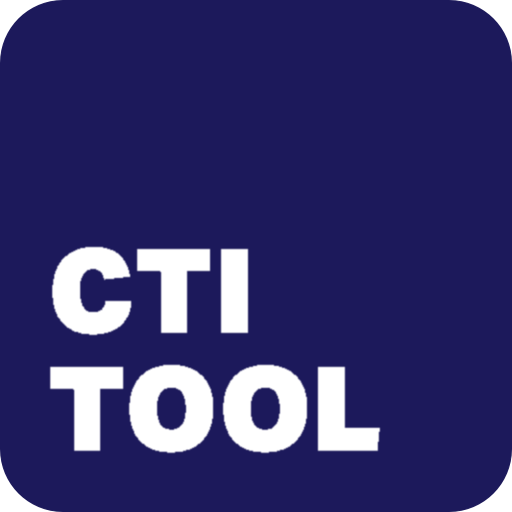Understanding the Circular Economy:
Comprehensive Guide

Circular IQ’s CTI Tool is the WBCSD endorsed software tool for effectively measuring CTI and leveraging these insights.
Introduction
If you’ve ever wondered, “what is the circular economy?” you’re not alone. This transformative approach to sustainability is reshaping how we produce, consume, and dispose of goods. Let’s delve into what it means and why it’s essential for our future.
What is the Circular Economy?
When people ask, “what is the circular economy?”, the answer often revolves around its focus on eliminating waste and maximizing the use of resources. Unlike traditional economic models, which follow a “take-make-dispose” pattern, the circular economy aims to create a closed-loop system where products, materials, and resources are reused, repaired, and recycled.
The Importance of the Circular Economy
Understanding “what is the circular economy?” goes beyond its definition. It offers a sustainable alternative to the current linear model, which is increasingly proving to be unsustainable. The circular economy concept has three key impact areas:
Economic Impact:
- Resource Efficiency: Maximizing resource use and reducing costs.
- Job Creation: Generating employment in recycling and refurbishing.
- Business Opportunities: Creating revenue through innovative models.
Environmental Impact:
- Waste Reduction: Minimizing waste and pollution.
- Resource Conservation: Avoiding Extraction and preserving natural resources.
- Lower Emissions: Decreasing greenhouse gas emissions.
Social Impact:
- Affordable Products: Making goods more accessible.
- Improved Quality: Designing longer-lasting products.
- Community Engagement: Fostering collaboration and local initiatives.
The circular economy promotes sustainability in the economy, environment, and society.
How Does the Circular Economy Function?
In answering the question, “what is the circular economy?”, it’s crucial to understand how it works. The design and lifecycle of products is extended through:
- Design: Products include recycled- and or renewable materials and are designed for durability, repair, and recycling.
- Usage: Consumers are encouraged to use products longer, share them, or lease them.
- Reuse, Refurbish, Remanufacture and then recycle: At the end of their lifecycle, products are disassembled, and the materials are reused and/ or refurbished; to benefit as long as possible from the energy that was invested to create them; if remanufacturing and refurbishing is no longer possible; they are recycled into a material of similar quality. Waste and waste- to energy are avoided at all times; as they result in materials-loss.
Legislation's Role in the Circular Economy
When considering “what is the circular economy?”, legislation plays a significant role. The European Parliament, for instance, has been proactive in setting guidelines and regulations that encourage sustainable practices. This is called the EU Green Deal Package, with the CSRD as one of the important initiatives. CTI Tool is very well positioned here and fully aligned with ESRS-E5.
Real-world Implementations
Global frontrunners, both corporate and governmental, have successfully implemented these principles. For example, the Netherlands aims to be fully circular by 2050, and companies like Philips, Swapfiets and many others are already offering products as a service rather than a one-time purchase.
Challenges and Potential Solutions
While the circular economy offers numerous benefits, there are challenges to overcome:
- Consumer Behavior: The need to shift away from the “buy-use-dispose” mentality.
- Data challenges: businesses often lack material-composition data
- Technological Barriers: The absence of technology for efficient recycling.
Conclusion
Understanding “what is the circular economy?” is the first step in adopting this sustainable model. It provides a pathway to be both economically viable and environmentally responsible.
CTI's role:
For businesses looking to make this transition, CTI Tool provides smooth processes for increasing data availability and data integrity. It provides the insights and framework needed to make informed decisions. From material accounting to aligning with sustainability goals, CTI Tool can help turn your targets from ambitious visions into achievable realities.
Take the Next Step in Your Circular Journey
Ready to make the CEAP's ambitious visions a reality? Sign up for a free CTI Tool account today and take the first step in revolutionizing your approach to sustainability.
Contact Roy for more info
Book a meeting or connect via linkedin




